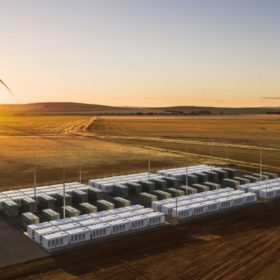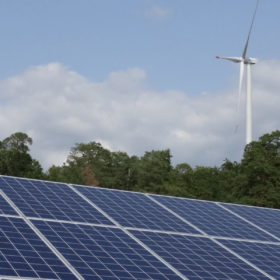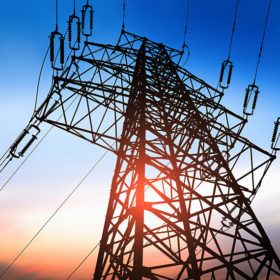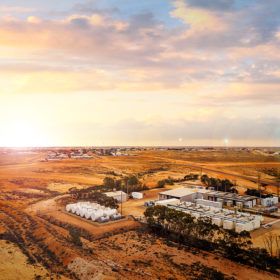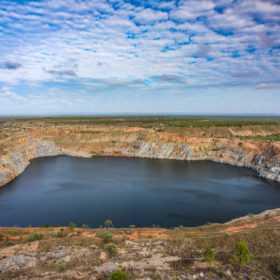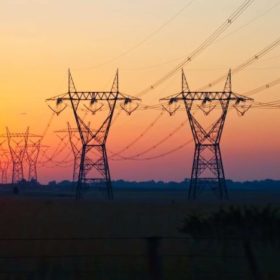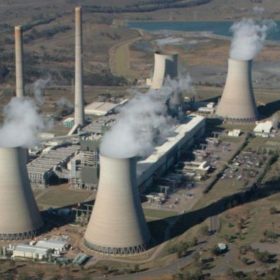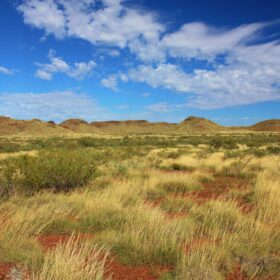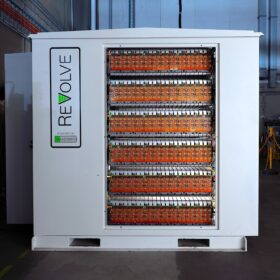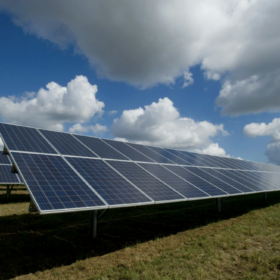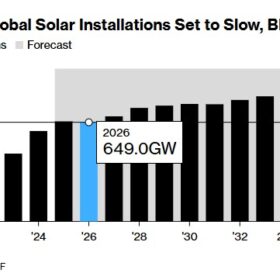Massive hybrid renewable energy plant + storage set for South Australia
French renewable developer giant Neoen has announced plans for a massive hybrid power plant in South Australia featuring 1200 MW of wind, 600 MW of solar and 900 MW of battery storage. The project will depend heavily on the SA-NSW interconnector.
ARENA’s new renewable energy plan prioritises grid integration, hydrogen and reducing industrial emissions
The Australian Renewable Energy Agency (ARENA) today released its new Investment Plan, prioritising three key areas in an effort to increase the prevalence of renewable energies in Australia.
Renewable energy investment falls to levels not seen since Abbott era
A new report from the Clean Energy Council (CEC) shows investment in renewable energies is slowing down to levels not seen since the prime ministership of Tony Abbott as a result of policy uncertainty and mounting regulatory challenges.
RES battery prevented complete blackout in the UK
On August 9, a thunderstorm caused 1.5 GW of generation capacity to go offline within seconds in the U.K. The incident caused millions of households to temporarily lose power but the situation could have been considerably worse if not for the country’s battery storage reserves.
ARENA funds voltage-reduction demand response trials in Victoria
The Australian Renewable Energy Agency (ARENA) has today announced funding to United Energy, a Victorian distribution business, in order to trial a voltage-reduction demand response in an effort to deliver grid stability over the Australian summer.
EDL’s Coober Pedy Hybrid Renewable Project wins at 2019 Asia Power Awards
Distributed energy producer EDL has taken a top gong at the 2019 Asia Power Awards in the Environmental Upgrade of the Year category, recognition for the success of its Coober Pedy Hybrid Renewable Project.
Kidston transmission line funding paves the way for more solar and wind
The Queensland government has pledged to support Genex’s project at Kidston with up to $132 million. The funding will be used to build a single circuit transmission line and connect a massive pumped hydro project with the main grid, unlocking additional stages for the clean energy hub, including up to 270 MW of additional solar and up to 150 MW of wind.
It’s official: Large-scale Renewable Energy Target achieved more than a year early
The Clean Energy Regulator has confirmed it has approved enough capacity to meet the Large-scale Renewable Energy Target (LRET). While this is a great achievement for the renewables industry, the question remains what comes beyond 2020. Although analysts expect a slow down, ANU researchers find the record installation rates will see Australia surpass the scrapped target of 41,000 GWh of renewable energy generation around the end of 2020.
NSW gives “critical infrastructure” status to NSW-SA transmission line
The New South Wales (NSW) Government has declared TransGrid’s proposed 900km interconnector from South Australia (SA) to NSW to be a project of Critical State Significant Infrastructure (CSSI). This signifies a strong boost to the dearth of transmission infrastructure revealed by the rapid growth of renewables, particularly solar PV.
AEMO’s 2019 ESOO Report forecasts a summer punctuated by ‘tail risk’ outages
The Australian Energy Market Operator (AEMO) has today released its 2019 Electricity Statement of Opportunities (ESOO), a forecast of the supply and demand conditions across the National Electricity Market (NEM) as the country moves toward the 2019-20 summer. AEMO warned that a dearth of short and longer-term investment in dispatchable resources and transmission will ensure real-world impacts this summer.
